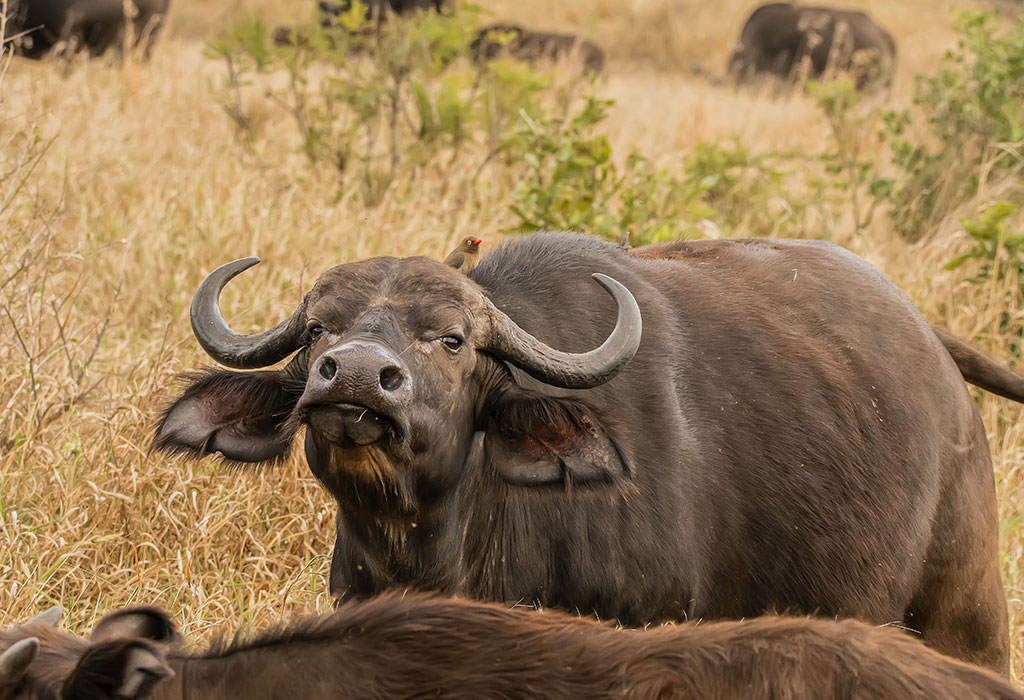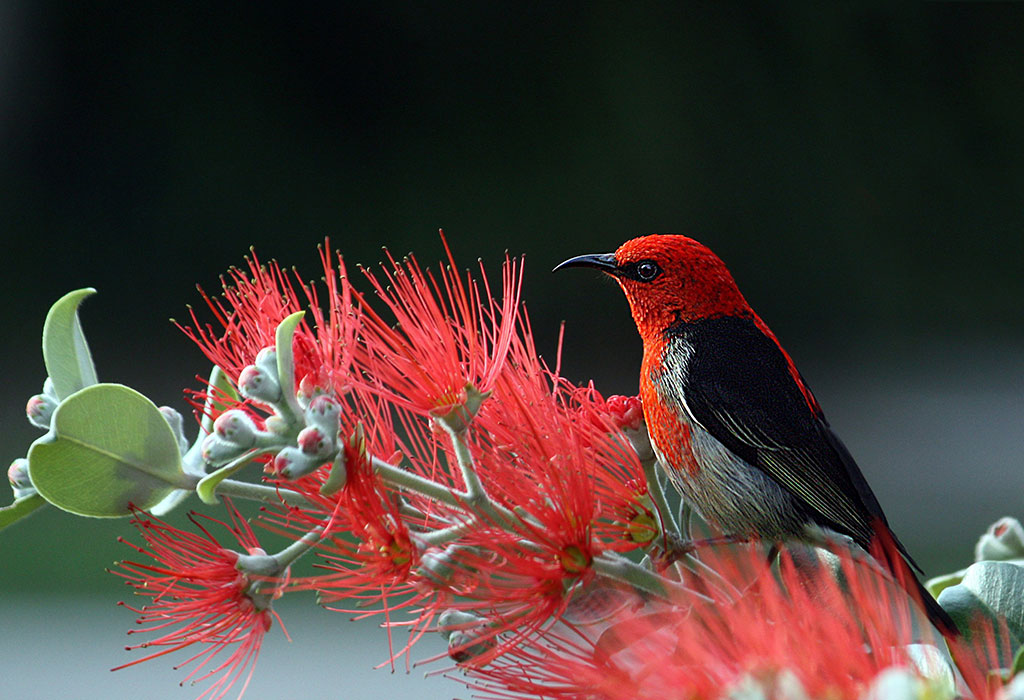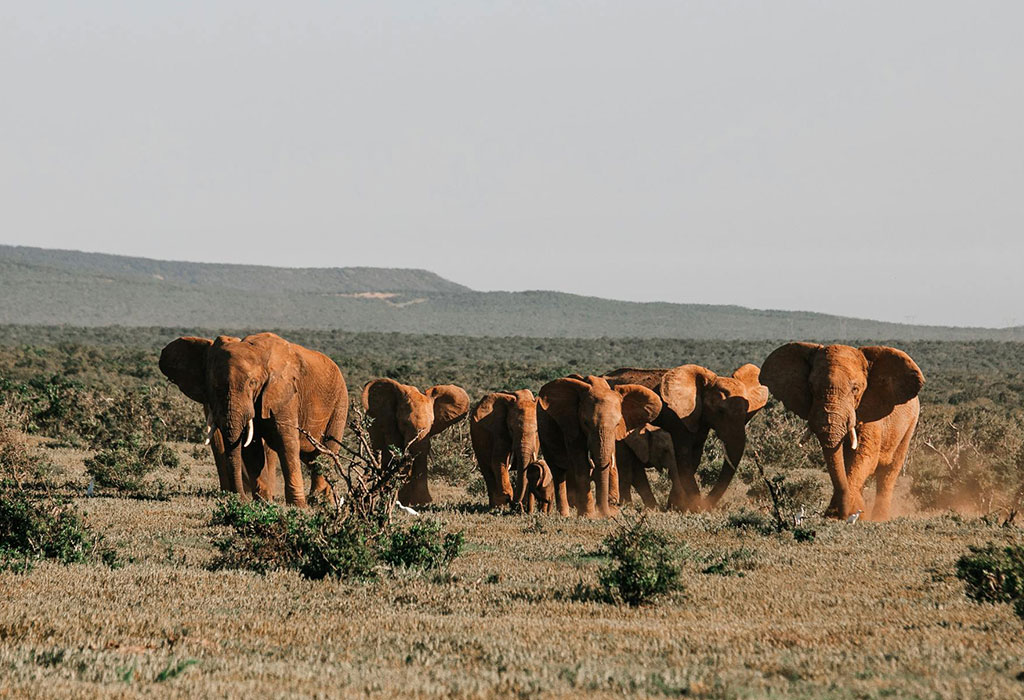Top things to do in Akagera National Park, the park is situated in the scenic…
Are there Buffaloes in Akagera National Park
Are there Buffaloes in Akagera; Akagera National Park, located in the eastern part of Rwanda, is a diverse and stunning ecosystem that showcases the country’s commitment to conservation and biodiversity. Among the array of wildlife that inhabits this park, the buffaloes, also known as the African buffalo or Cape buffalo (Syncerus caffer), holds a prominent place.
The African buffalo is one of the iconic species found in Akagera National Park. These majestic creatures are known for their impressive size, strength, and distinctive curved horns that span across their wide heads. The Cape buffalo is a member of the Big Five—the term coined by hunters to denote the five most challenging animals to hunt on foot in Africa, which also includes the elephant, rhinoceros, lion, and leopard.
Buffaloes are highly social animals, usually found in herds that can range from a few individuals to hundreds. In Akagera National Park, these herds roam the grasslands, woodlands, and savannas, creating an awe-inspiring sight against the backdrop of the park’s diverse landscape. Their presence plays a crucial role in shaping the ecosystem, as they are both grazers and browsers, consuming various grasses, shrubs, and herbs, thus influencing the vegetation structure and composition.
The reintroduction of buffalo to Akagera National Park has been a significant success story in conservation efforts in Rwanda. Due to various factors, including poaching and habitat loss, the buffalo population had drastically declined in the park. However, concerted efforts by the Rwandan government, along with conservation organizations like African Parks, led to the successful reintroduction of these magnificent creatures.
African Parks, in collaboration with the Rwanda Development Board, initiated the reintroduction program in 2015, bringing in a significant number of buffalo from other parks in South Africa. This initiative aimed to restore the park’s ecological balance and recreate a natural habitat for various species, including the buffalo. The process involved careful planning, monitoring, and the gradual release of the animals into the park.
Since their reintroduction, the buffalo population in Akagera National Park has been steadily growing, which boosts tourism and Rwanda’s economy. The park provides a suitable environment for these animals to thrive and grow with its mix of grassy plains, woodlands, and water sources like lakes and rivers. The successful reintroduction not only benefits the buffalo population but also contributes to the overall biodiversity and health of the ecosystem.
Visitors to Akagera National Park now have the opportunity to witness these magnificent creatures, which are buffaloes, in their natural habitat. Safari drives and guided tours allow tourists to observe buffalo herds grazing peacefully or moving across the plains, exhibiting their strong social bonds and hierarchical structures within the herd.
In conclusion, the presence of buffalo in Akagera National Park is a testament to Rwanda’s commitment to conservation and preserving its natural heritage. The successful reintroduction of these iconic animals has not only rejuvenated the park’s ecosystem but also provided a thrilling experience for visitors, showcasing the beauty and resilience of wildlife in one of Africa’s most scenic landscapes and Rwanda’s economy.



